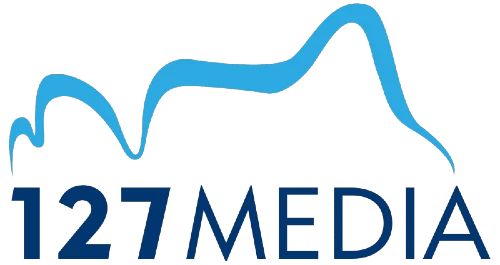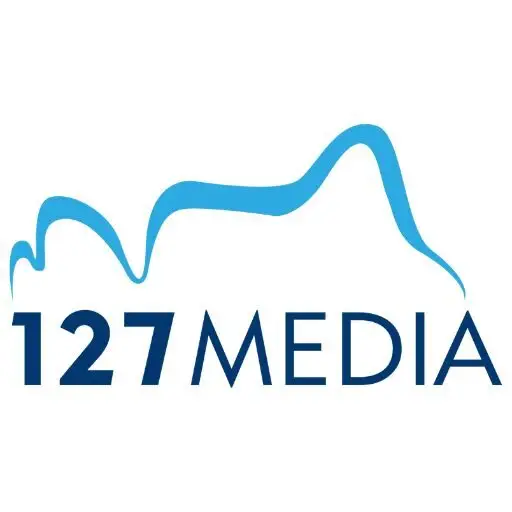Visualising the Power and Reach of the World's Leading Content Management System
The Unrivaled Leader of the Web
WordPress has fundamentally reshaped web publishing, evolving from a simple blogging tool into a dominant force. Its core philosophy of "democratising publishing" has made it the most popular Content Management System (CMS) globally. The platform's staggering market penetration is a testament to its versatility and user-centric design.
This infographic visualises the key data points that define the WordPress ecosystem, from its commanding market share and historical evolution to its core architecture and future trajectory. The data clearly shows why millions, from individual bloggers to major corporations, trust WordPress to power their digital presence.
Market Dominance in Numbers
WordPress not only leads the CMS market; it stands in a class of its own. The following visualisations illustrate its growth and competitive standing.
CMS Market Share Comparison
The platform holds a commanding lead with over 61% of the CMS market. This visual comparison highlights the significant gap between WordPress and its closest competitors, underscoring its widespread adoption and the powerful network effect that sustains its growth.
Growth Trajectory Over Time
The platform's share of all websites has more than doubled in a decade, growing from 21% in 2014 to over 43% by 2025. This steady upward trend showcases its enduring appeal and consistent adaptation to the evolving needs of the web.
The Expansive WordPress Ecosystem
Powering Every Type of Website
The versatility of the platform is its greatest strength. Fueled by a vast ecosystem of themes and plugins, it serves as the foundation for an incredibly diverse range of websites, far beyond its original purpose as a blogging platform.
12,000+
Free Themes
70,000+
Free Plugins
Core Architecture Simplified
The platforms' modular architecture separates core software from user content. This diagram illustrates the relationship between the key directories, the database where content is stored, and the core files that run the application.
Dashboard Files
Application Code
(Themes, Plugins, Uploads)
(Posts, Pages, Settings)
A Journey Through Time
The evolution of the platform is marked by key releases that transformed it from a simple blogging fork into a full-fledged CMS. This timeline highlights pivotal moments in its development.
2003: The Genesis
Matt Mullenweg and Mike Little fork b2/cafelog. WordPress 0.7 is released on May 27th.
2004: The Plugin Era Begins
WordPress 1.0 "Miles" introduces the plugin architecture, unlocking immense potential for customisation.
2005: Beyond the Blog
WordPress 1.5 "Strayhorn" introduces static "Pages" and a theme system, moving beyond a purely chronological format.
2010: The CMS Transformation
WordPress 3.0 "Thelonious" merges WordPress MU, introducing Multisite capabilities, Custom Post Types, and Custom Taxonomies, solidifying its status as a true CMS.
2018: The Block Revolution
WordPress 5.0 "Bebo" launches the Gutenberg Block Editor, a fundamental shift to a modular, block-based content creation experience.
2022: Full Site Editing Arrives
WordPress 5.9 "Josephine" officially introduces Full Site Editing (FSE) with block themes, extending the block paradigm to the entire site layout.
The Two Sides of WordPress
A common point of confusion is the difference between self-hosted WordPress.org and the commercial service WordPress.com. The choice depends on a trade-off between control and convenience.
| Feature | .org (Self-Hosted) | .com (Hosted Service) |
|---|---|---|
| Cost | Software is free; pay for hosting/domain. | Free plan with limitations; paid plans for features. |
| Flexibility | Total control; install any theme/plugin. | Limited; plugin installation requires a high-tier plan. |
| Maintenance | User is responsible for all updates, security, and backups. | Handled automatically by the platform. |
| Ease of Use | Steeper learning curve; requires technical management. | Very easy for beginners; no technical setup. |
| Ideal User | Developers, businesses, users wanting full control. | Beginners, hobbyists, users prioritising convenience. |
A Balanced View: Power vs. Responsibility
Key Advantages
- Cost-Effective: Free, open-source software lowers the barrier to entry.
- Flexible & Customisable: A massive ecosystem of themes and plugins allows for endless possibilities.
- User-Friendly: An intuitive dashboard simplifies content management for non-developers.
- Strong Community: Access to a vast global community for support and resources.
- SEO-Friendly: Built with search engine visibility in mind, with powerful tools to enhance it.
Potential Disadvantages
- Security Risks: Popularity makes it a target; vulnerabilities often stem from third-party code.
- Maintenance Burden: User is responsible for frequent updates, which can sometimes cause conflicts.
- Performance Issues: Can be slow if not properly optimised with caching, good hosting, and lean plugins.
- Learning Curve: Advanced customisation requires significant technical knowledge (PHP, CSS, JS).
- Varying Quality: The quality of third-party themes and plugins can be inconsistent.
Hierarchy of Power: User Roles
The platform manages permissions through a system of user roles, ensuring users only have access to the features they need. This pyramid illustrates the hierarchy, from the most powerful to the most limited.
Full Site Control
Manages All Content
Manages Own Content
Writes but Cannot Publish
Manages Own Profile
A "Super Admin" role exists above Administrator in Multisite installations, managing the entire network.
The Future of WordPress
The platform is continuously evolving to meet the demands of the modern web. Key trends shaping its future focus on easier creation, better performance, and greater flexibility.
🤖 AI Integration
AI-powered tools for content generation, site building, and predictive user journey mapping.
🏗️ Full Site Editing
Expanding the block editor to control all parts of a site's design, from header to footer.
⚡️ Headless Architecture
Decoupling the backend from the frontend for enhanced performance and developer flexibility with modern JS frameworks.
♿️ Accessibility
A strong, ongoing commitment to making the core software and websites built with it usable for everyone.


